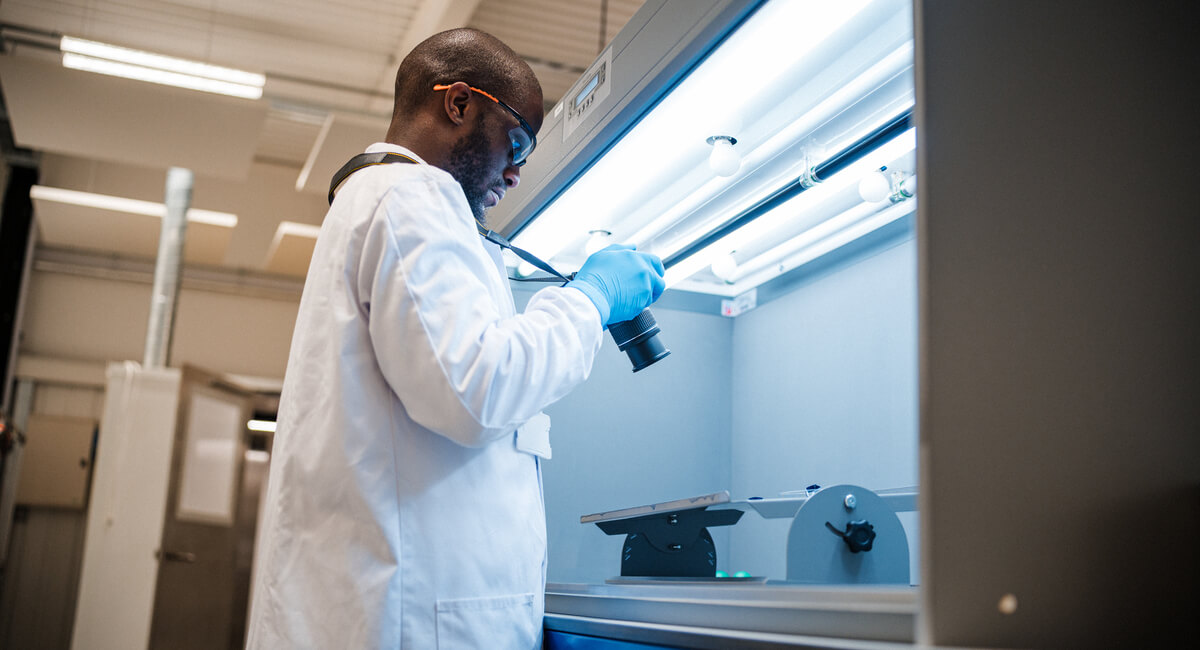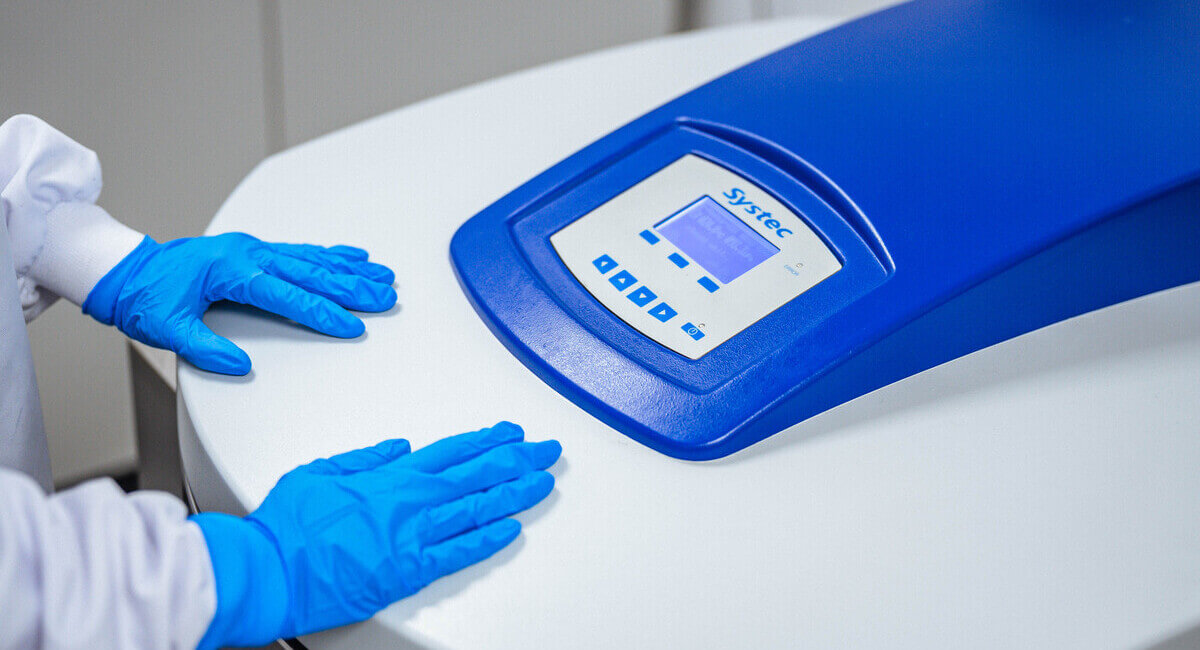Medical Device Material Compatibility: Everything You Need to Know
Article Summary
Material compatibility testing ensures medical devices maintain safety and performance throughout cleaning, sterilisation, and use. It helps manufacturers choose appropriate materials and reprocessing methods.Article Contents
Introduction
Medical devices are subject to rigorous testing standards in order to meet regulatory requirements and ensure they are safe to use and perform as intended. When products used in healthcare settings, especially those that make contact with patients fail in practice, the consequences can be fatal. Patient safety is paramount and must be at the forefront of every decision that manufacturers make. Manufacturers of medical devices need to consider all potential points of failure, from selecting the right materials to providing validated and appropriate cleaning, disinfection and sterilisation instructions.
What is Medical Device Material Compatibility Testing?
Medical device material compatibility testing is used to determine whether any damage occurs to the material surface over time, after repeated reprocessing or by cleaning practices prescribed by the manufacturer as part of their instructions for use (IFU). Concerns about device materials, such as whether they are resistant to certain chemicals, technologies and/or extreme temperatures, can be answered through exposing the material to these variables and monitoring the impact.
Material compatibility testing is essential in ensuring the materials selected by medical device manufacturers are appropriate for the intended use of the device, helping identify the most suitable methods of cleaning and disinfection/sterilisation are chosen to prevent potential failures.

How is Material Compatibility Testing Performed?
Medical devices can be tested for material compatibility by exposing them to the full extent of the processes they would be subjected to in the real-world, or by selecting a single process that is of immediate concern. If a manufacturer is in the early stages of development, they may not have a full IFU outlined and so may choose to focus on the harshest possible process for the material they have chosen, to help narrow down material selection. Once the extent of the exposure has been selected, manufacturers must then think about how they want any changes and physical impacts that could occur to be recorded. This can range from visual checks (such as for cracks, corrosion, discolouration), and other textural properties (like swelling, softening of material and a change in tackiness), to checks in mechanical and functional properties of the device. Measurements in tensile strength, hardness and elasticity can provide useful insight into how the mechanical properties of the material are affected. Performance and functionality checks are important to ensure the medical device still works as it is intended and that any material changes do not compromise its use. The more analysis that can be completed, including both qualitative and quantitative assessments, the more reassurance a medical device manufacturer can guarantee when they put their product on the market.
Why is Material Compatibility Important?
Medical devices are used for treatment and care of people all over the world. They not only need to function as intended but also remain safe for the duration of their service life. Part of the use of a medical device involves how it is cleaned, disinfected and sterilised before and after usage. These practices reinforce patient safety and reduce the spread of healthcare associated infections (HAIs). With a range of factors that could drastically affect the materials used, potentially causing significant failures, medical device manufacturers need to evaluate the compatibility of their chosen materials with the processes they outline in their IFUs.
Material incompatibility can lead to:
-
Plastic fatigue such as cracks, scratches, and crazing, which over time can impact the performance of the device.
-
Discolouration, which can occur when a material is exposed to sunlight or heat once the protective coating is removed. This is common in metal materials.
-
Residue build-up, which can be caused by surfactants, solvents, or dissolved solids and can be acidic or alkaline in nature. This can result in damage to the surface of the material.
-
Corrosion, which can occur when acidic and alkaline disinfectants or residues left behind damage the surfaces of a material.

What Factors Contribute to Incompatibility?
There are multiple factors that could lead to incompatibility of medical device materials, and it all comes down to the processes they are exposed to.
Failures can be caused by chemicals used with the devices and how they interact with the material surface, as well as other environmental stresses encountered when used in the real-world. Materials will be affected by temperature, humidity and pressure so these need to be considered when developing reprocessing instructions, as well as when thinking about transport/distribution and storage of devices post manufacturing.
How to Choose the Best Approach
The main consideration for medical device manufacturers who want to complete material compatibility testing is what they are trying to achieve and what outcome is desired. In the case of reusable medical devices, this could be determining the life cycle of a device – how long will it last under repeated reprocessing, based on the instructions outlined in the IFU? However, it is not only reusable medical devices that require safe and adequate material selection. Single-use medical devices are often sterilised prior to being used, and manufacturers must provide a validated sterilisation process that not only guarantees the correct level of sterility, but also ensures device materials are not damaged in the process.
Get It Done, With Certainty.
Contact us about your testing requirements, we aim to respond the same day.
Get resources & industry updates direct to your inbox
We’ll email you 1-2 times a week at the maximum and never share your information

